Your support helps us to tell the story
From reproductive rights to climate change to Big Tech, The Independent is on the ground when the story is developing. Whether it’s investigating the financials of Elon Musk’s pro-Trump PAC or producing our latest documentary, ‘The A Word’, which shines a light on the American women fighting for reproductive rights, we know how important it is to parse out the facts from the messaging.
At such a critical moment in US history, we need reporters on the ground. Your donation allows us to keep sending journalists to speak to both sides of the story.
The Independent is trusted by Americans across the entire political spectrum. And unlike many other quality news outlets, we choose not to lock Americans out of our reporting and analysis with paywalls. We believe quality journalism should be available to everyone, paid for by those who can afford it.
Your support makes all the difference.
If you allowed yourself to indulge this holiday season you may now be seeing the effects of excessive food and drink showing on your skin.
When you expose your body to high levels of glucose (sugar), which is found in rich foods and alcohol, the collagen and elastin proteins that maintain the skin’s structure are damaged, leading to a loss of elasticity. This makes the skin sag and appear dull.
This process not only diminishes the skin’s bounce, but also contributes to increased sebum production (oil, which leads to acne), dehydration and a rougher, uneven texture.
If any of these symptoms are sounding familiar, dermatologists and skincare experts share their tips for detoxifying and reviving skin after the festive season.
“High levels of sugar in the diet cause a process called glycation in the skin which drives inflammation and DNA damage,” explains anti-aging specialist Dr Ed Robinson.
“Heavily processed foods often lack vital vitamins and nutrients which go towards keeping the skin looking more youthful,” says medical director of Cosmedics Skin Clinics, Dr Ross Perry. “Not only that, they often contain high levels of refined sugars and fats which can break down collagen and elastin leading to fine lines and wrinkles.”
When it comes to alcohol, dehydration is one of its worst side effects.
“Alcohol is what’s known as a diuretic which causes the body to lose fluid,” explains Perry, “this means our skin in turn lacks moisture and hydration which can make it appear lacklustre, dry, flaky and overall lines and wrinkles look more obvious.”
Sleep
Perhaps not reserved just for the holiday season – frequently missing out on a restful night’s sleep can wreak havoc on the skin.
“The skin is the largest organ on the human body and getting a good night’s sleep is vital for healthy skin as sleep is when our skin repairs itself, producing more collagen and reducing dark under eye circles,” says Perry.
“Poor sleep can lead to fine lines, uneven pigmentation and overall lacklustre skin. Ultimately, lack of sleep can weaken the skin’s ability to repair itself overnight.”
To combat this, Dr Perry suggests getting into a routine of sleeping a minimum of 7-8 hours a night. “Try to aim for roughly the same time of going to bed each night, switching off gadgets and making sure the bedroom is a relaxing environment.”
To help aid skin repair overnight, vitamin C and vitamin A (otherwise known as retinol) assist in skin cell production.
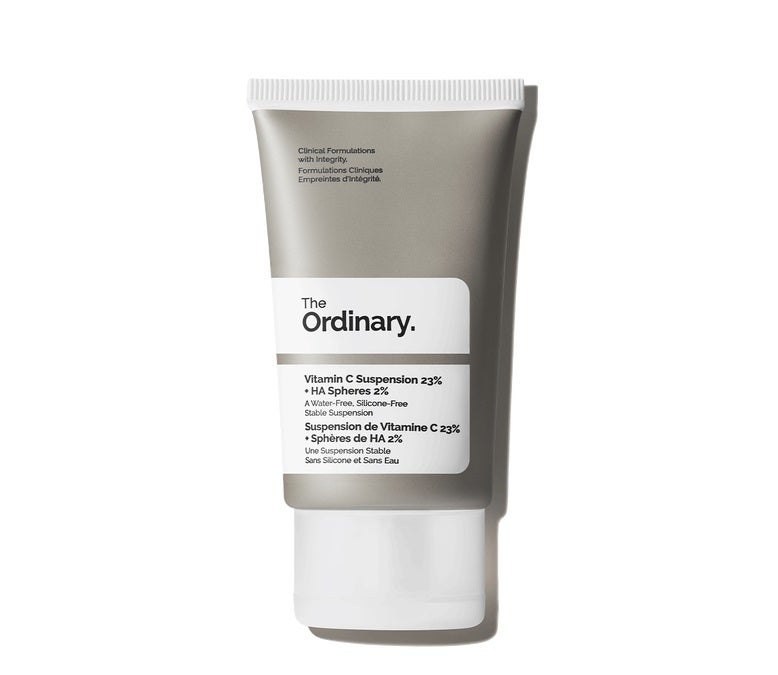
The Ordinary Vitamin C Suspension 23% + HA Spheres 2%, £7.70
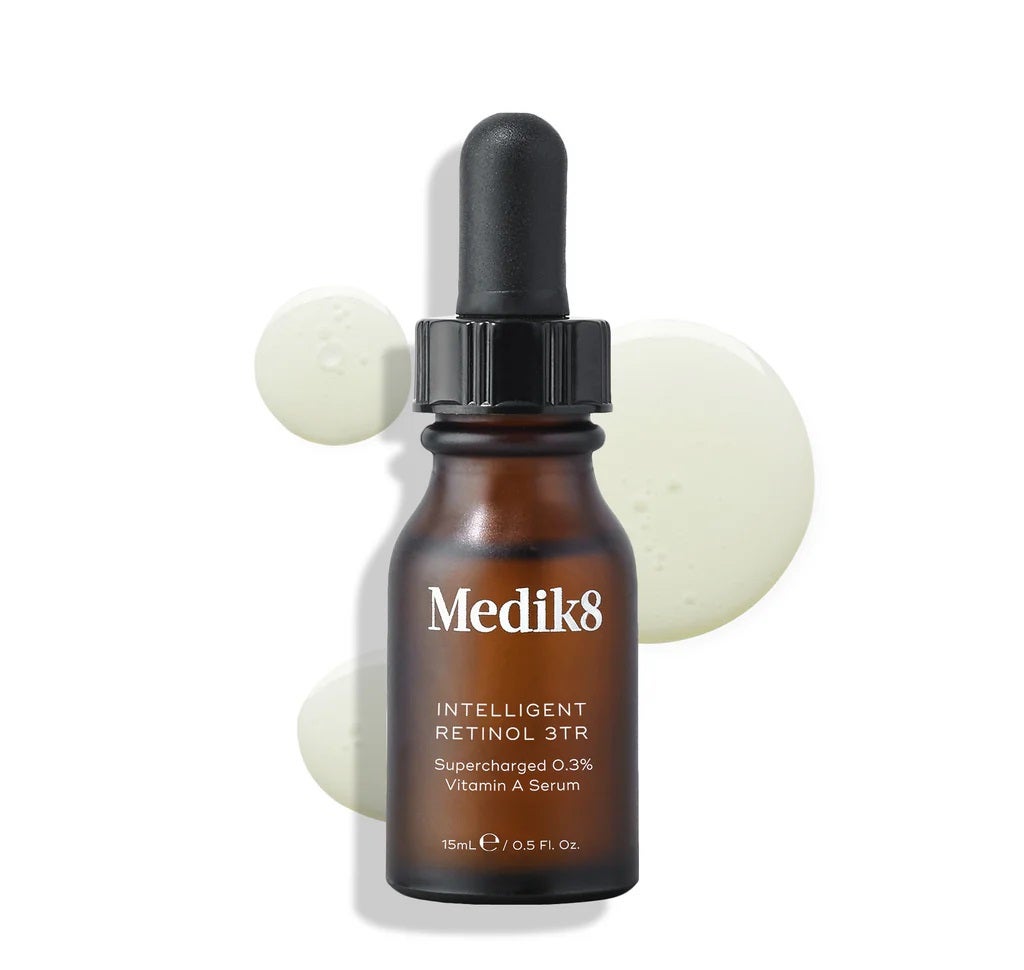
Medik8 Intelligent Retinol Supercharged Vitamin A Serum, £27 (was £39)
How to reduce puffiness and inflammation
As excessive sugar can lead to raised cortisol in the body (the stress hormone) this can cause inflammation, which can appear through puffiness, redness or flaky skin.
“Ingredients like niacinamide and ceramides are particularly good for calming inflammation and moisturising,” explains Robinson. “This will encourage the skin to renew, repair the skin barrier and slough off damaged skin cells.”
Spending time lightly massaging the face in the morning and evening using a moisturiser or serum will help stimulate blood flow and reduce puffiness.
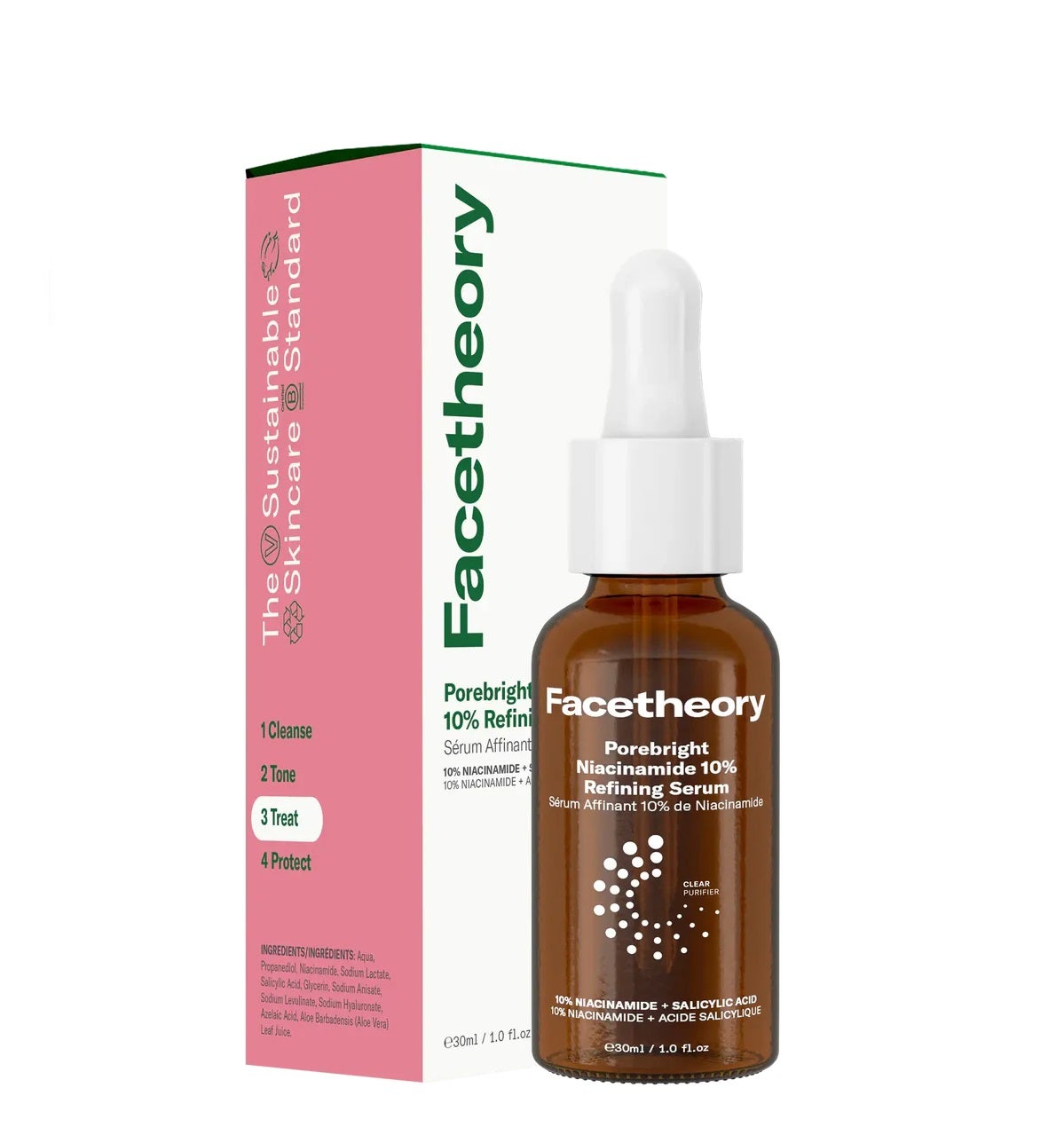
Facetheory Porebright Niacinamide 10% Refining Serum, £16
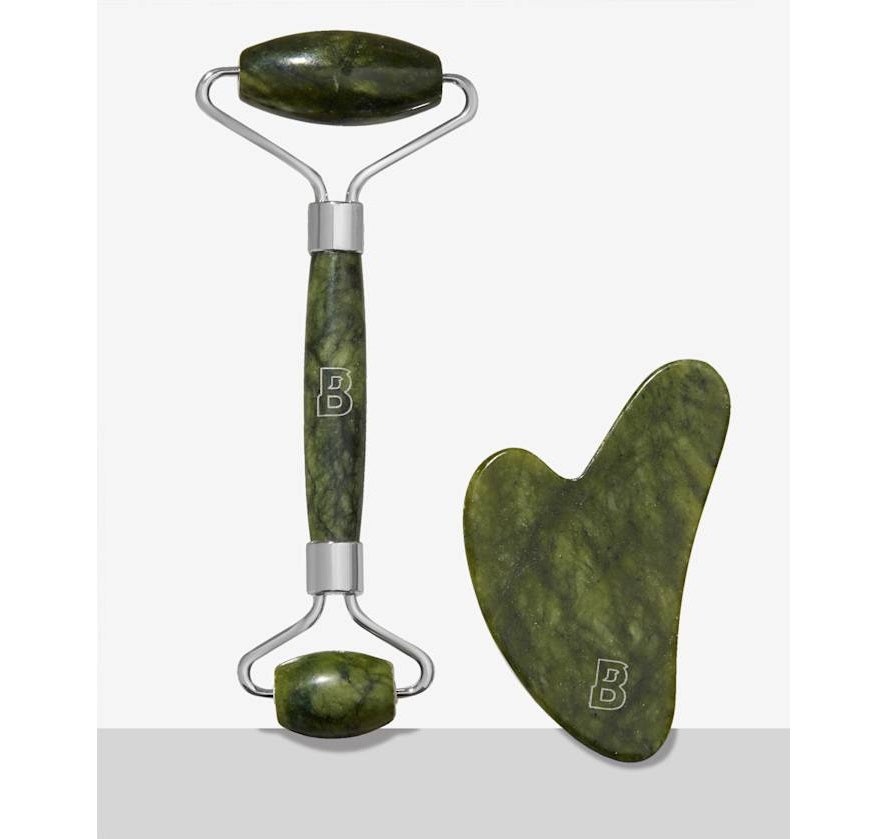
Beauty Bay Jade Duo, £13 (was £22)
Ingredients to combat dullness
If you’re wanting to bring back some brightness to your complexion, there are some key ingredients to incorporate into your skincare routine.
In regard to hydration, “hyaluronic acid is a powerful humectant that attracts and retains moisture, providing deep hydration and plumping the skin,” explains founder of The Skin Investment Clinic, Holly Mason. “Glycerin is another effective humectant that draws moisture into the skin, helping to maintain hydration levels.”
When it comes to brightening and reducing dullness, “Vitamin C is an antioxidant that brightens the skin, reduces dullness and promotes a more radiant complexion,” says Mason.
Vitamin C serums can increase your skin’s sensitivity to sunlight, so winter is the perfect time to start incorporating one – but this means it is crucial to follow up with an SPF.
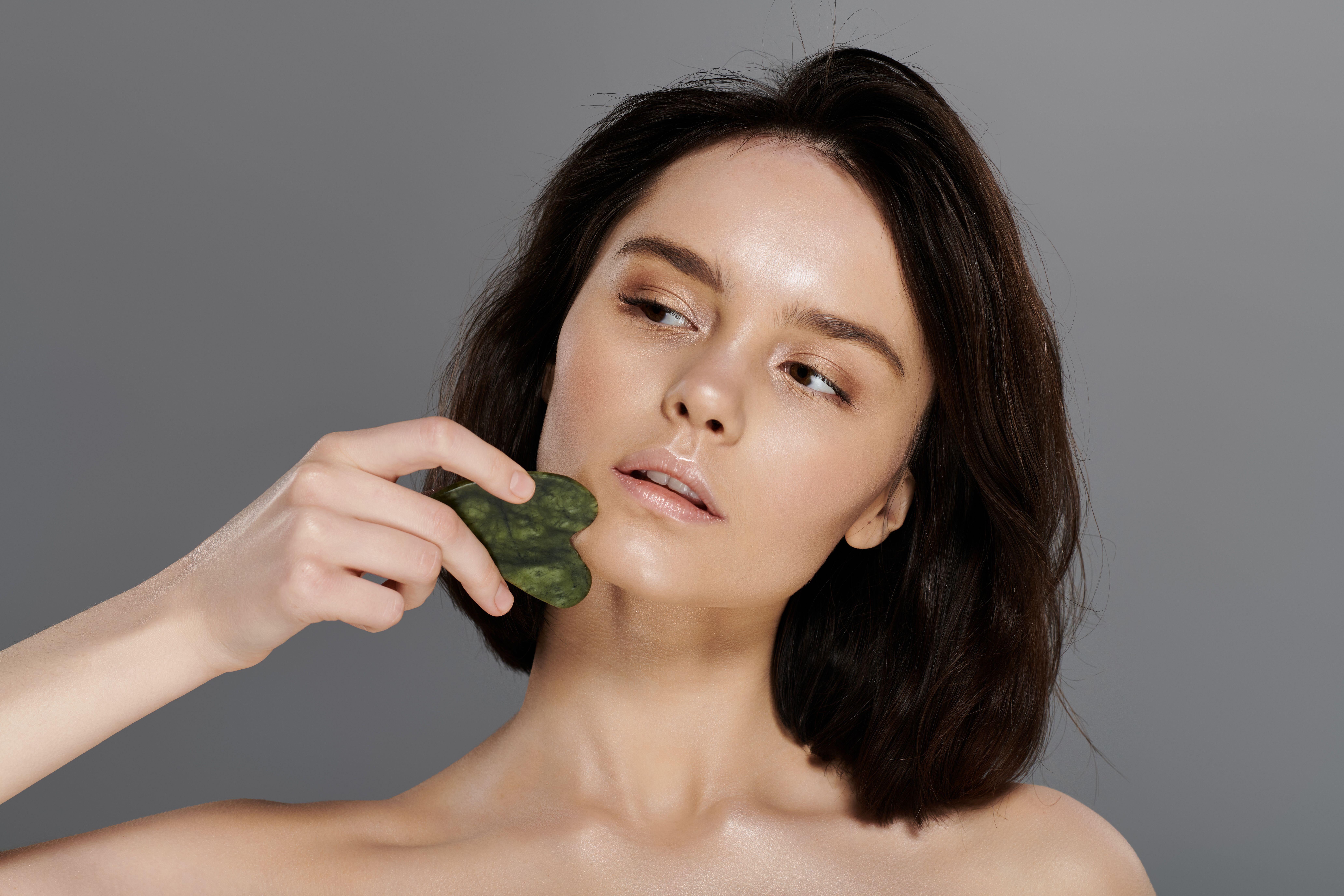
“Lactic acid is a gentle alpha-hydroxy acid (AHA) that exfoliates dead skin cells, revealing brighter skin and improving moisture retention and retinol (otherwise known as vitamin A), promotes cell turnover and stimulates collagen production,” explains Mason. “These ingredients aid in the reduction of dullness and fine lines.”
Exfoliation shouldn’t be disregarded during the colder months, as Perry notes: “During winter you should give the skin a good exfoliation a couple of times a week (this can easily be done at home and cheaply) to get rid of dead skin cells for a brighter complexion and stick with a regular skincare regime twice daily.”
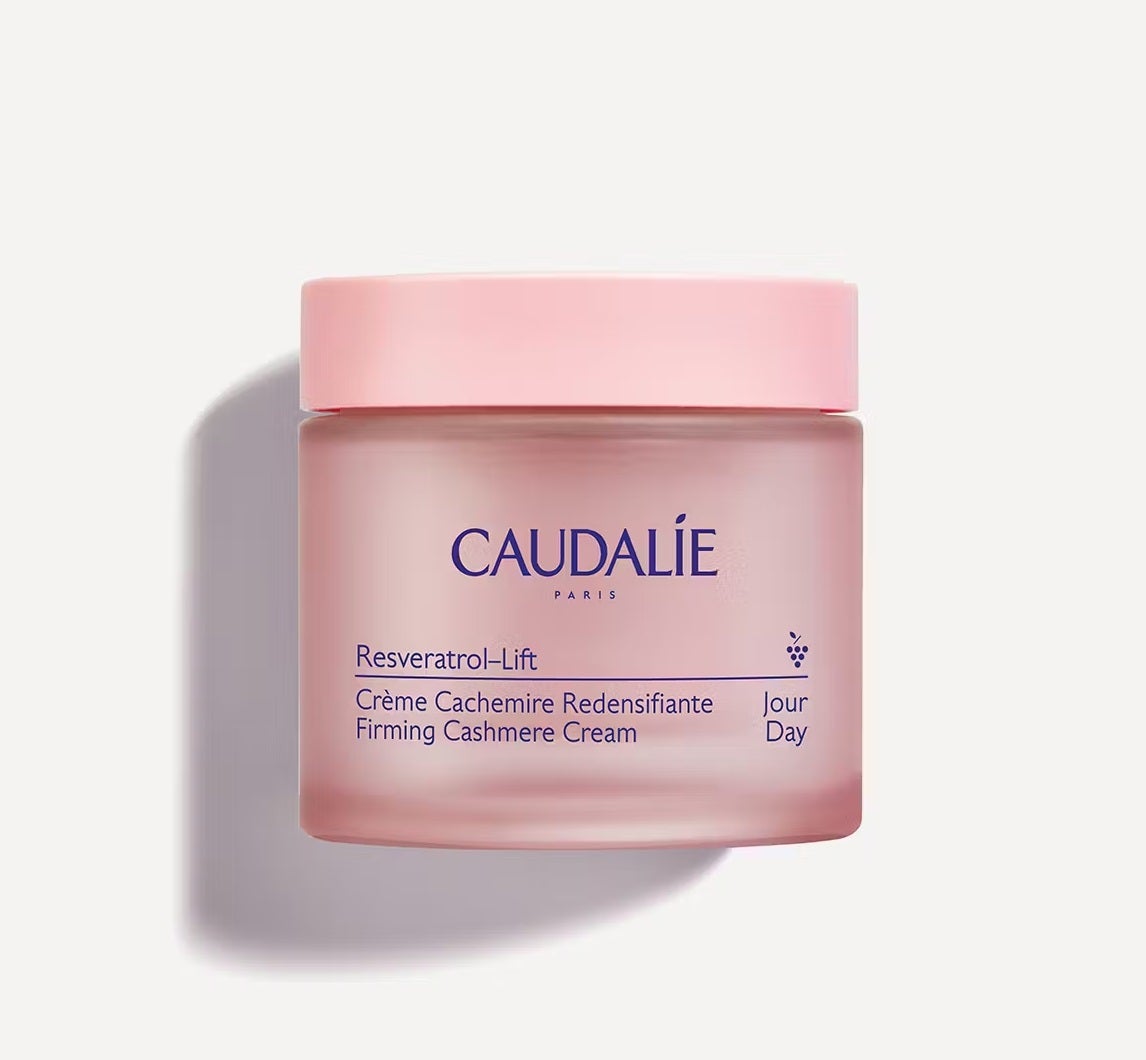
Caudalie Resveratrol-lift Firming Cashmere Cream, £49
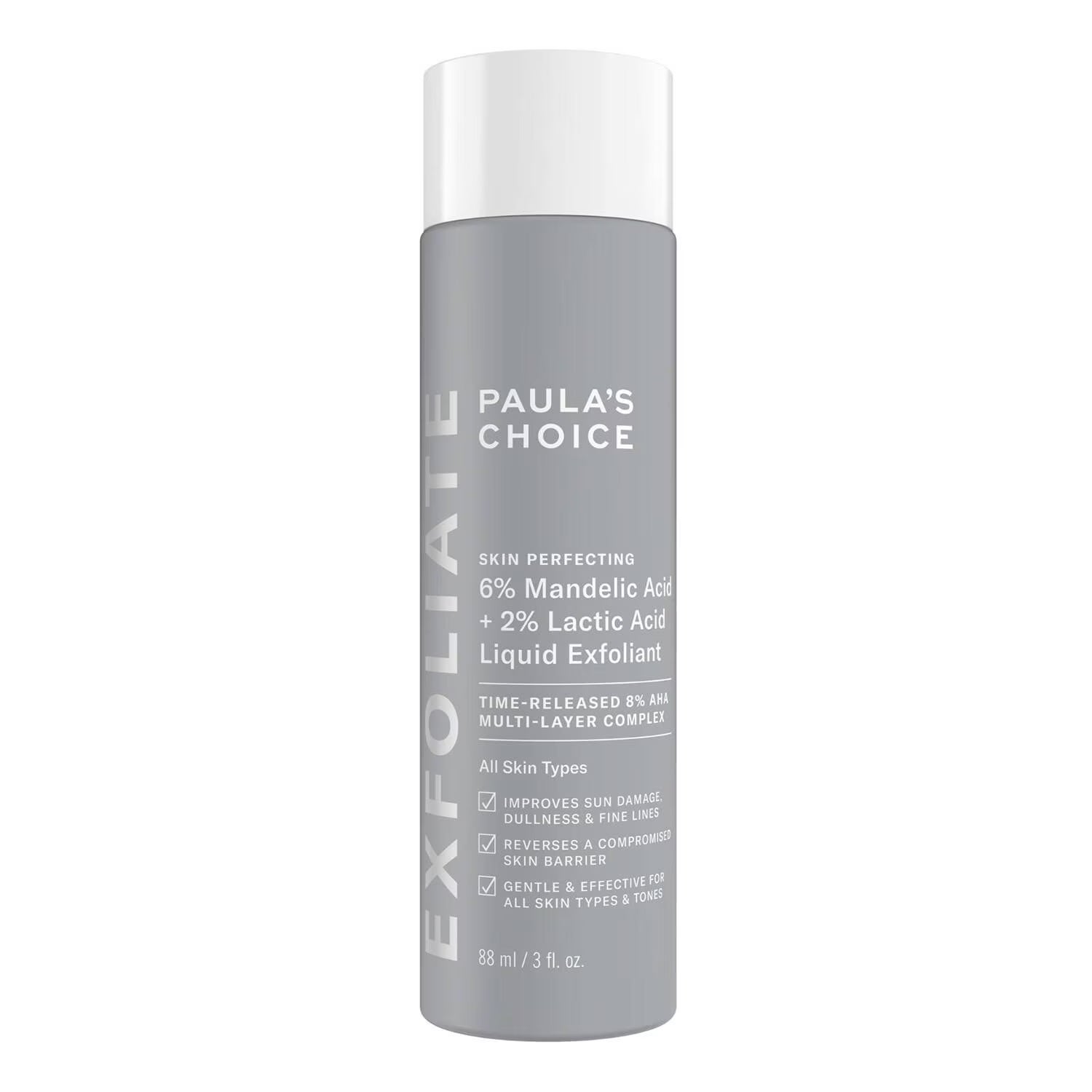
Paula’s Choice 6% Mandelic + 2% Lactic Acid AHA Liquid Exfoliant, £29.75 (was £35)
How long does it take for skin to bounce back?
“The time it takes for your skin to recover after the holiday season varies, typically ranging from a few days to several weeks, depending on factors like the extent of indulgence, your skincare routine and overall health,” explains Mason.
While it can depend how long it takes for skin to bounce back, routine and repetition is the key to speeding up the process.
“Skin recovery varies, typically taking two to four weeks to rebalance after indulgent periods,” explains traditional Chinese medicine skincare expert and founder of Muihood, Charlotte Yau. “To speed up the process, adopt a consistent routine comprising of cleansing, hydrating and protect the skin with skin-nourishing products.”
“To support detoxification, use gua sha or try gentle herbal teas like dandelion to clear heat and nourish the body,” explains Yau.
While skincare ingredients are half the battle, patience and repetition will ensure your skin bounces back to a healthy and glowing complexion come spring.


